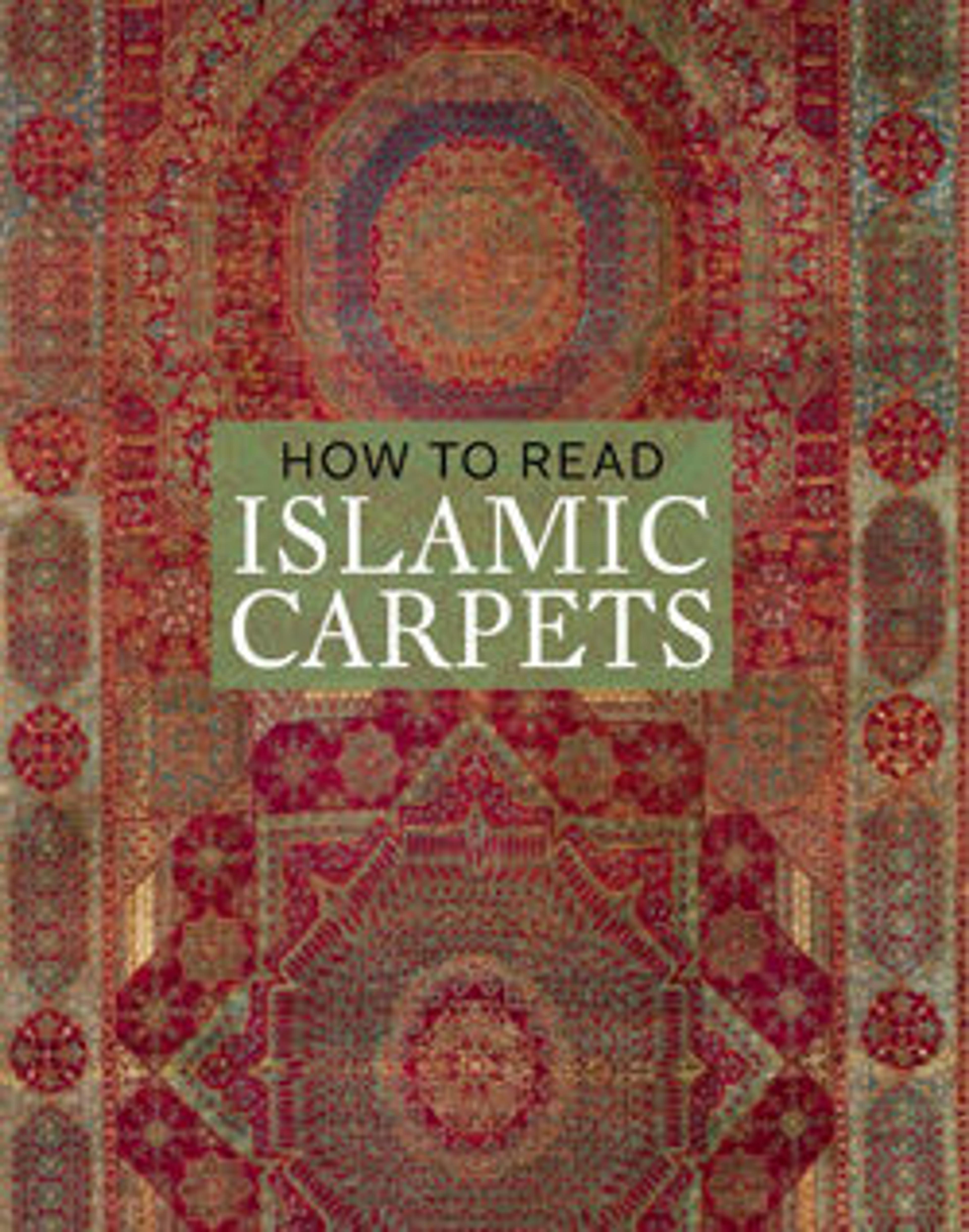Dragon Carpet
This rug represents the village carpet-weaving tradition of the Caucasus that was contemporaneously with court production in Ottoman Turkey and Safavid Iran. While rugs produced in royal workshops had flowing, floral patterns, those from provincial weaving centers retained a strongly geometric character. The motif of highly stylized dragons, which are depicted here, gave the name "Dragon Carpet" to this type of rug which was produced in Trans-Caucasia.
Artwork Details
- Title: Dragon Carpet
- Date: 17th century
- Geography: Attributed to Caucasus
- Medium: Wool (weft and pile); cotton (warp); symmetrically knotted pile
- Dimensions: H. 170 in. (431.8 cm)
W. 90.00 in. (228.6 cm) - Classification: Textiles-Rugs
- Credit Line: The James F. Ballard Collection, Gift of James F. Ballard, 1922
- Object Number: 22.100.122
- Curatorial Department: Islamic Art
More Artwork
Research Resources
The Met provides unparalleled resources for research and welcomes an international community of students and scholars. The Met's Open Access API is where creators and researchers can connect to the The Met collection. Open Access data and public domain images are available for unrestricted commercial and noncommercial use without permission or fee.
To request images under copyright and other restrictions, please use this Image Request form.
Feedback
We continue to research and examine historical and cultural context for objects in The Met collection. If you have comments or questions about this object record, please contact us using the form below. The Museum looks forward to receiving your comments.
